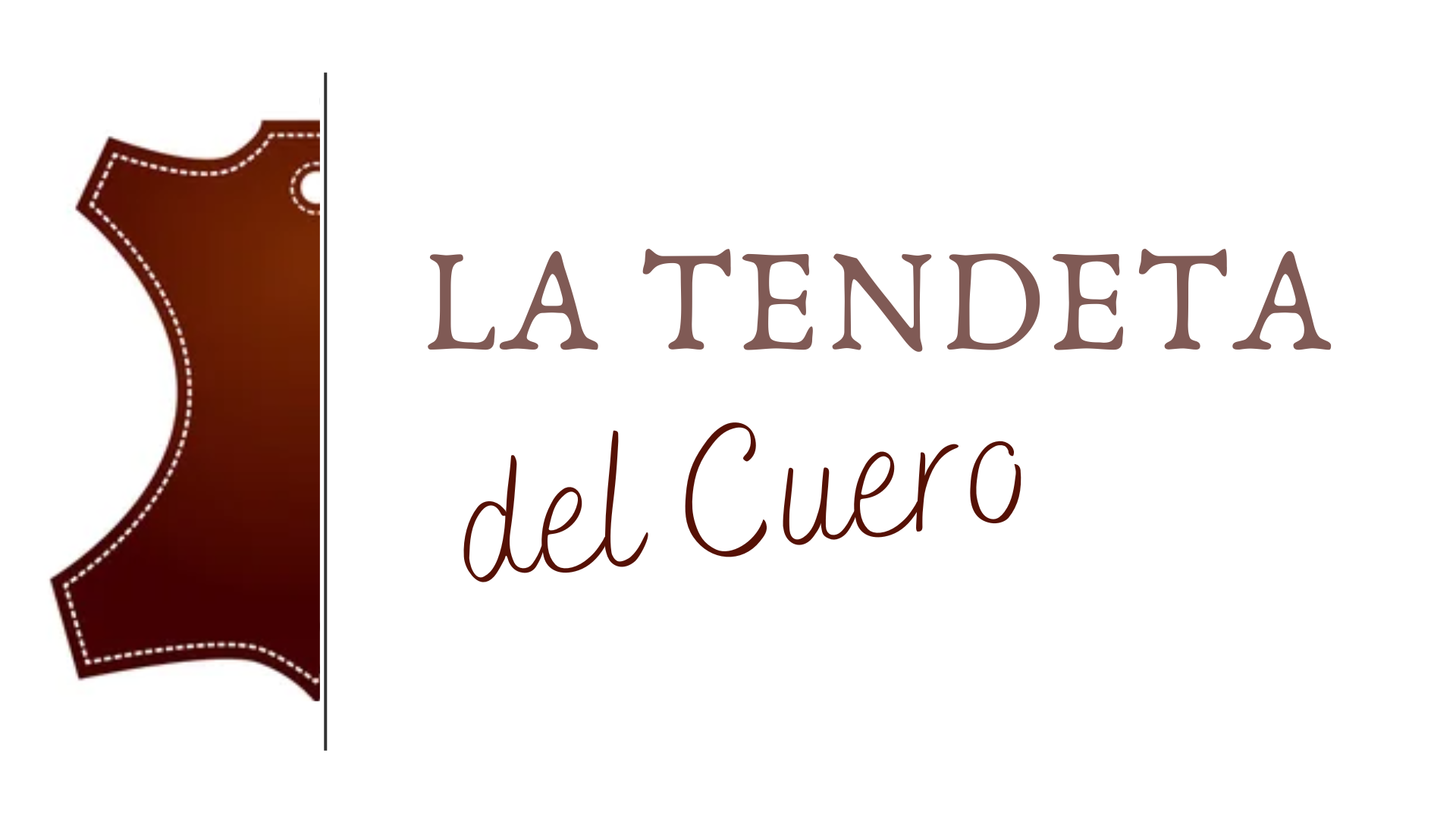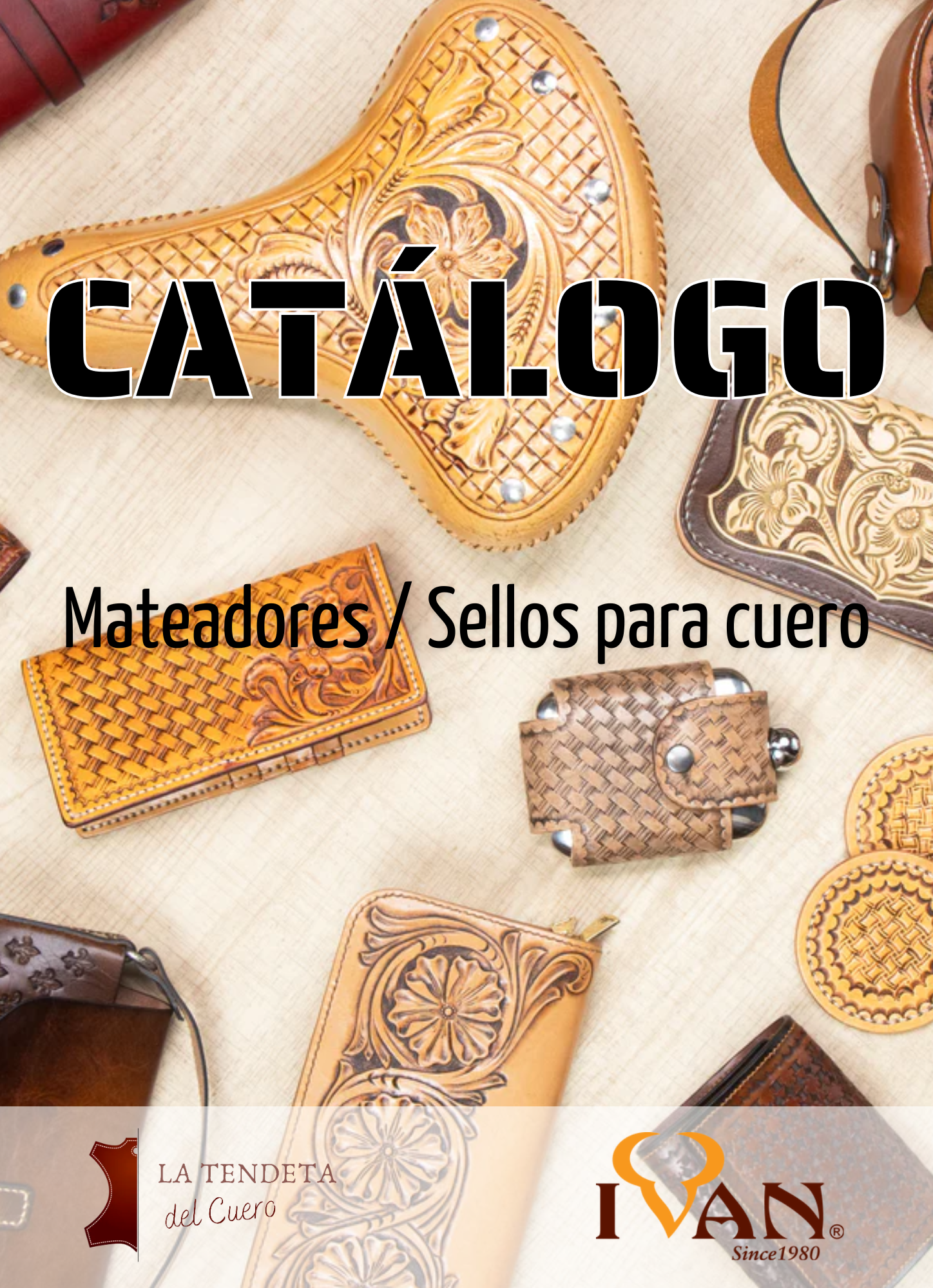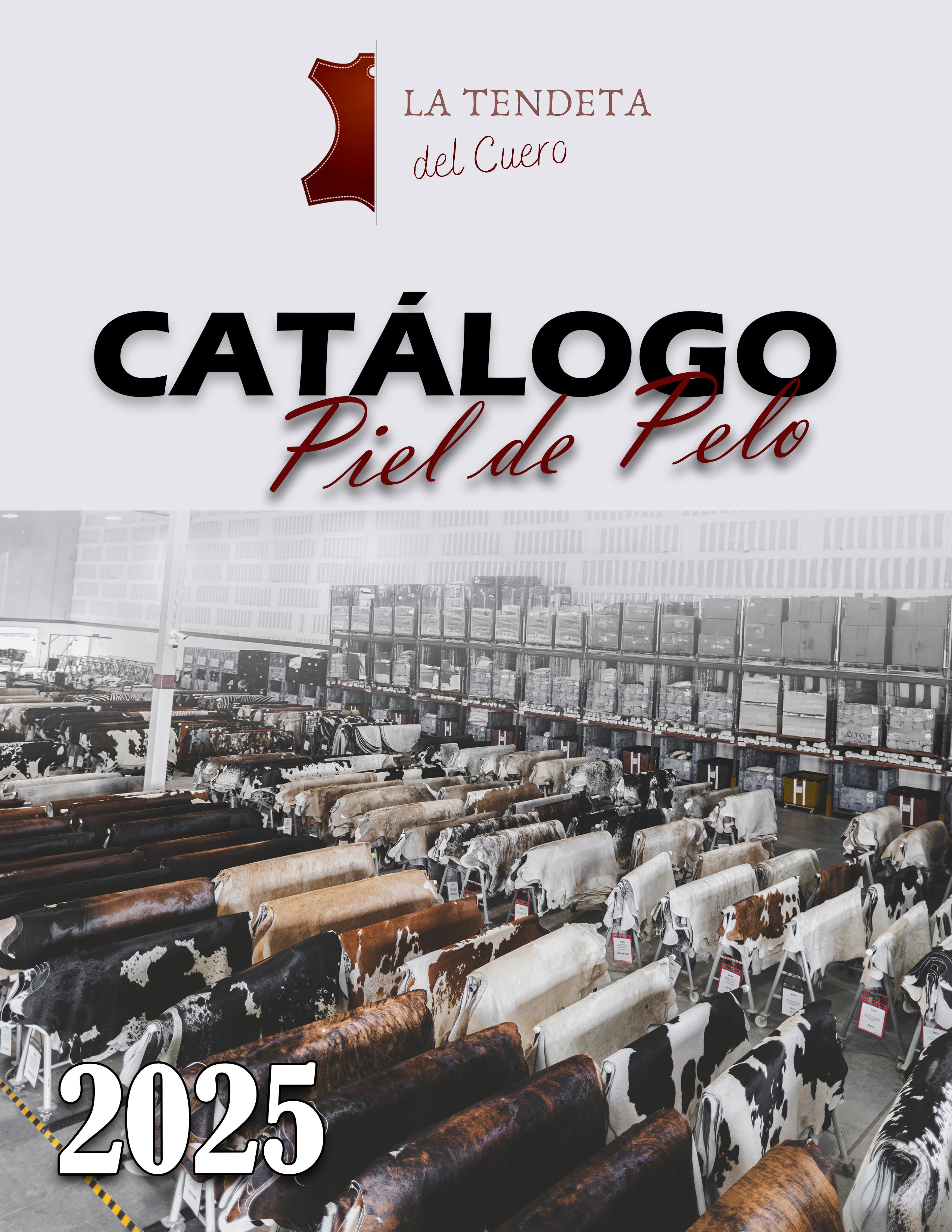How to differentiate vegetable tanning from chrome tanning
This is the one million question. There are many queries that we find with clients who ask us about vegetable or natural tanning thinking that this type of tanning is of better quality or less polluting than chrome tanning.
A few years ago, the chemical products used to tan leather were highly polluting and harmful to the planet. But today we can affirm that this belief has remained a myth and is totally incorrect since technological advances, environmental legislation and global regulations make it very difficult for any type of tanning to be harmful to health or the environment.
However, we are going to explain a little and well above the tanning process of each one.
Vegetable tanning and chrome tanning produce drastically different leather. But now, how can we differentiate it?
Most of today's leather products are made from chrome-tanned leather. In fact, it is estimated that more than 80% of leather products on the market are processed with chrome tanning .
This is so mainly for two reasons, cost and time. As we have said, vegetable tanning is a much slower and more expensive process. That is why the big world tanneries prefer to manufacture their leathers with chrome.
Chrome tanning also allows leather manufacturers to dye the leather in rich colors, which is not possible with vegetable-tanned pieces.
The final product is soft, flexible, fine and quite flexible, making it perfect for all types of garments, upholstery and decoration work.
It is more resistant to water, stains and heat than vegetable tanned leather, which is more sensitive to these factors.
On the downside, leather is not as durable as vegetable-tanned leather and often cracks or becomes brittle in places over time.
We can extend its life by applying a protective wax or spray so that the leather delays deterioration, but it will still not last as long as the vegetable one, which with minimal maintenance will last for years and years.
Another drawback of chrome leather is that it is too thin to allow stamping work, so decorating options are quite limited. The skins are not suitable for embossing, pyrography, etc..., just the opposite of their opponent, which are especially indicated for all this type of craft work.
In conclusion, clarify that there is no better tanning than another. The leather to choose will depend above all on the final product that we want to make and its characteristics. This is what will decide us for the choice of one article or another.
Here we leave you a summary table with the advantages and cons of each tanning:
chrome tanning
| Advantages | Disadvantages |
| costs less | It cracks, it breaks, it becomes brittle |
| quickly produced | Very cheap types can stink |
| More products available | seems unnatural |
| stain resistant | It flies dull and withered |
| Much softer in comparison | Mass produced |
| vibrant colors available | Harms the environment |
| more colors available |
Vegetable Tanned
| Advantages | Disadvantages |
| Products tend to be unique and original | It costs more to produce |
| Gets more flexible over time | It takes more time to produce |
| Boasts earthy and natural colors | overall expensive |
| smells natural | Colors are not as varied or vibrant |
| Able to be recycled | Seems hard and stiff at first |
| Longer product life | |
| natural ingredient |
We hope this little explanation will help you. Greetings!!



